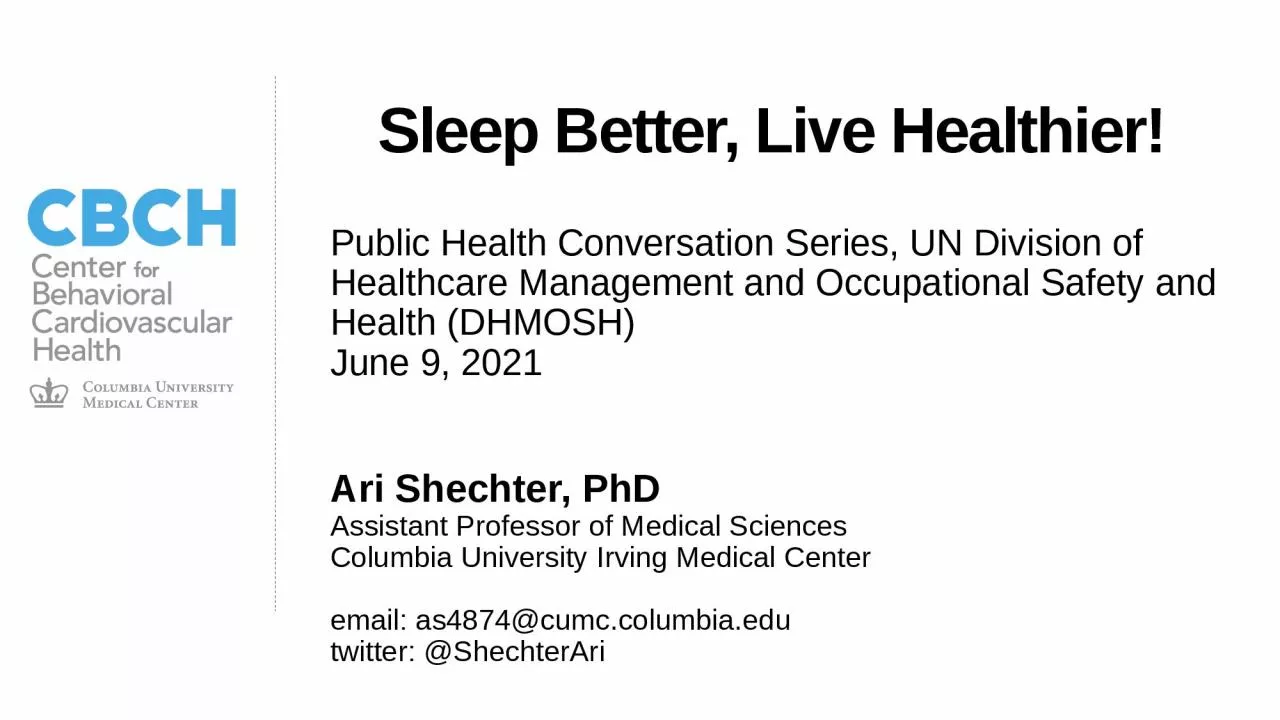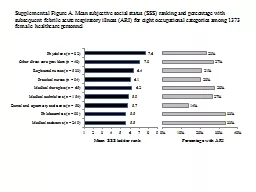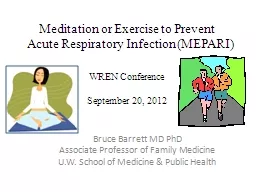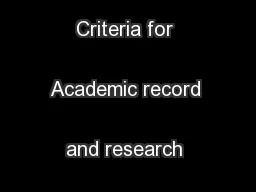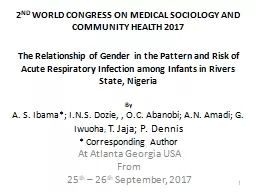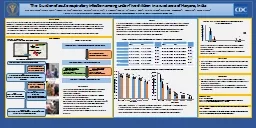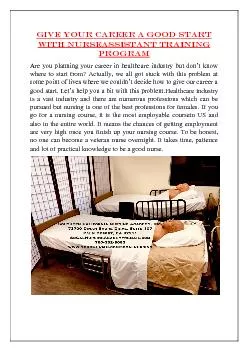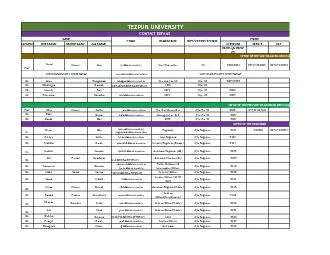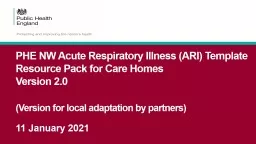PPT-Ari Shechter, PhD Assistant Professor of Medical Sciences
Author : piper | Published Date : 2024-02-02
Columbia University Irving Medical Center email as4874cumccolumbiaedu twitter ShechterAri Sleep Better Live Healthier Public Health Conversation Series UN Division
Presentation Embed Code
Download Presentation
Download Presentation The PPT/PDF document "Ari Shechter, PhD Assistant Professor of..." is the property of its rightful owner. Permission is granted to download and print the materials on this website for personal, non-commercial use only, and to display it on your personal computer provided you do not modify the materials and that you retain all copyright notices contained in the materials. By downloading content from our website, you accept the terms of this agreement.
Ari Shechter, PhD Assistant Professor of Medical Sciences: Transcript
Download Rules Of Document
"Ari Shechter, PhD Assistant Professor of Medical Sciences"The content belongs to its owner. You may download and print it for personal use, without modification, and keep all copyright notices. By downloading, you agree to these terms.
Related Documents

